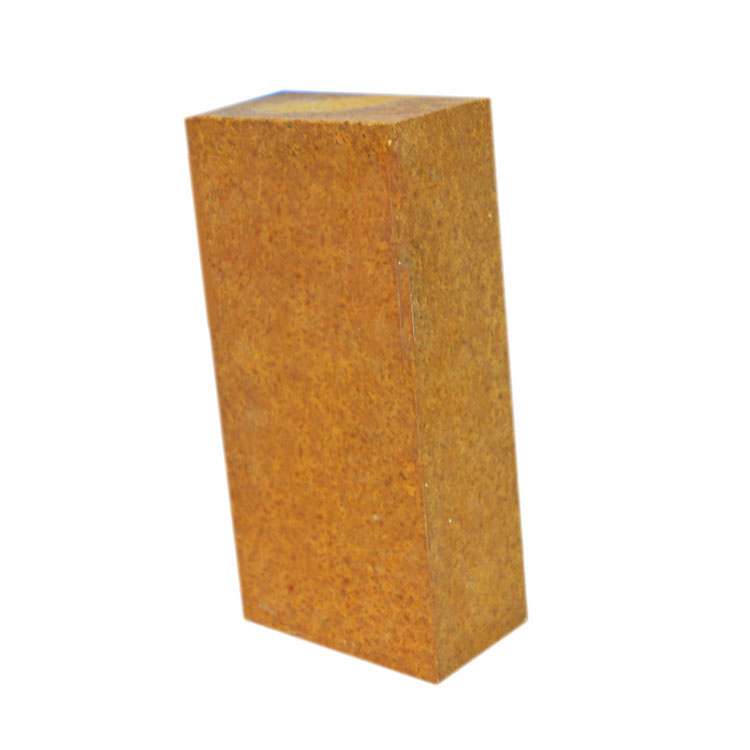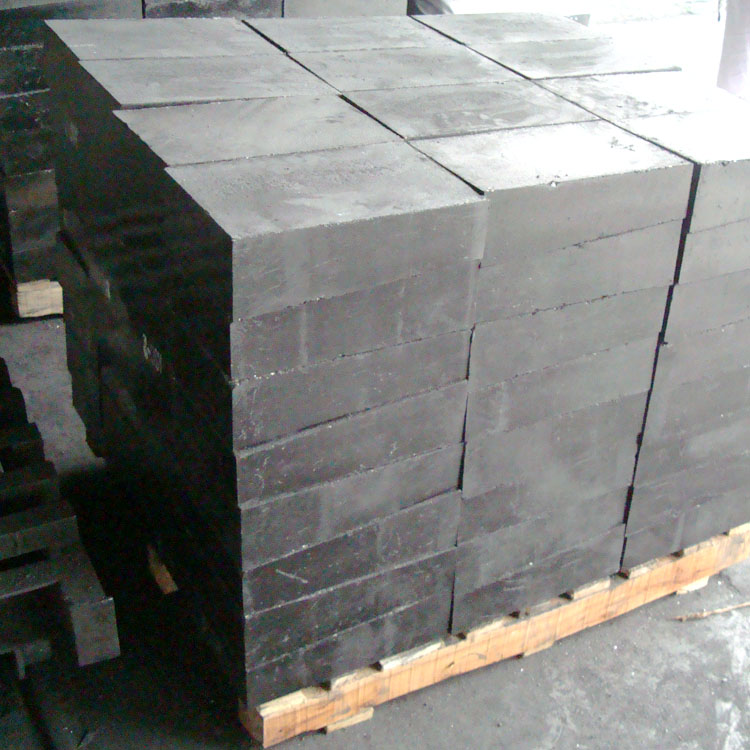
In the high-temperature industrial landscape, magnesia-chrome bricks have long been recognized as crucial refractory materials. Traditional manufacturing methods of magnesia-chrome bricks mainly involve sintering high-quality magnesia and chrome ore at high temperatures. This process ensures a certain level of refractoriness and chemical stability of the bricks.
Unfired magnesia-chrome bricks, on the other hand, are produced by mixing magnesia and chrome ore with binders and then pressing them into shape without high-temperature firing. They have some advantages such as relatively low production cost and easy processing. However, they also have significant limitations. For example, their high-temperature strength is relatively poor, with a compressive strength at 1400°C usually around 30 - 40 MPa, which is not sufficient to withstand the harsh conditions in long - term high - temperature industrial production. Also, their corrosion resistance is relatively weak, especially in the face of strong alkaline slag, the service life may be only about 6 - 8 months.
Directly bonded magnesia-chrome bricks are an upgraded version of traditional magnesia-chrome bricks. These bricks are manufactured by high-temperature sintering at 1700 - 1800°C, which enables a direct chemical bond between magnesia and chrome ore crystals. This structure endows them with excellent high-temperature strength. The compressive strength at 1400°C can reach 60 - 80 MPa, almost twice that of unfired magnesia-chrome bricks.
In terms of corrosion resistance, directly bonded magnesia-chrome bricks perform outstandingly. Their dense structure can effectively resist the erosion of various slags, including acidic, alkaline, and neutral slags. In an environment with a high content of alkaline oxides, the corrosion rate is only about 1/3 of that of unfired magnesia-chrome bricks, greatly extending the service life.

In the metallurgical industry, directly bonded magnesia-chrome bricks are widely used in steelmaking converters, electric furnaces, and ladles. In steelmaking converters, they can withstand the high temperature of up to 1600 - 1700°C during the steelmaking process and the strong mechanical impact of molten steel and slag. The service life of directly bonded magnesia-chrome bricks in converters can reach 1000 - 1500 heats, which is much higher than that of unfired magnesia-chrome bricks.
In the glass industry, the melting furnaces need to maintain a high temperature of about 1500°C for a long time. Directly bonded magnesia-chrome bricks can resist the corrosion of glass melt and flue gas, ensuring the stable operation of the furnace. The use of these bricks can reduce the maintenance frequency of the furnace from once every 3 - 4 months to once every 6 - 8 months, greatly improving production efficiency.
A steelmaking enterprise in Europe used directly bonded magnesia-chrome bricks in its electric furnace. After the replacement, the furnace lining's service life increased from 800 heats to 1200 heats. At the same time, the maintenance cost was reduced by about 30% due to the longer service life and lower corrosion rate. Another glass manufacturing company in Asia replaced unfired magnesia-chrome bricks with directly bonded ones in its melting furnace. As a result, the production downtime caused by furnace maintenance was reduced by 40%, and the overall production efficiency increased by 20%.

In summary, directly bonded magnesia-chrome bricks, with their excellent high-temperature strength, corrosion resistance, and long service life, are the ideal refractory material choices for enterprises in high-temperature industries such as metallurgy and glass. They can effectively improve production quality, reduce maintenance costs, and enhance the overall competitiveness of enterprises.
If you are looking for a reliable refractory solution to improve your high - temperature production efficiency and reduce costs, directly bonded magnesia-chrome bricks are your best choice. Contact us today to learn more about our products and how they can benefit your business!

